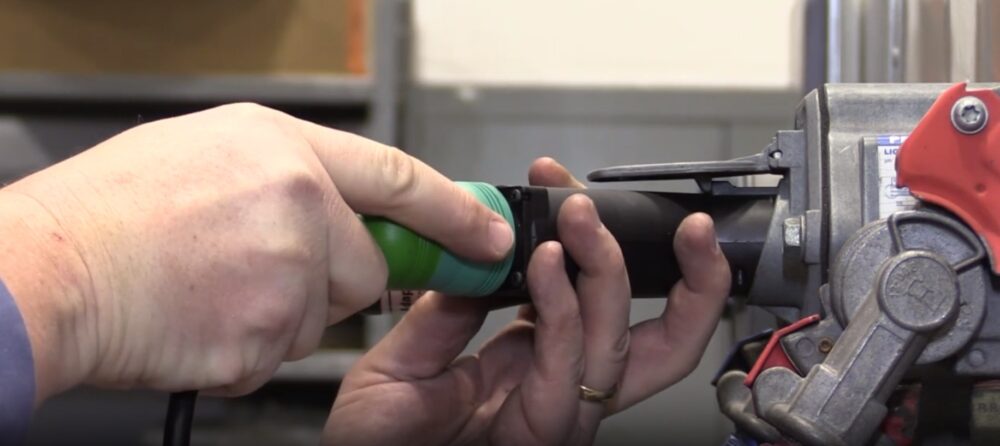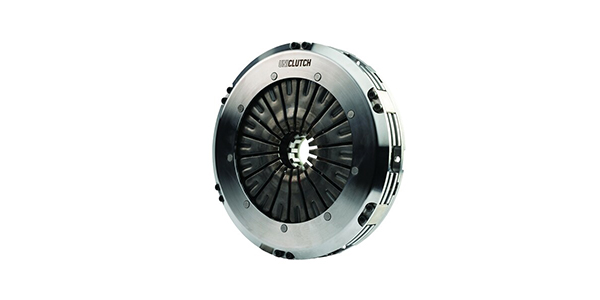If you do not charge for diagnostic time to diagnosis undercar problems, you might as well put a sign on the door that says “ROB ME.”
With the complexity of brakes, suspension and exhaust systems increasing every year with little chance of standardization, it is difficult to diagnose these systems with just a visual inspection, testdrive and some poking with a pry bar.
There are three myths that prevent charging for undercar diagnostic time. First, the leading myth is that undercar repairs are not as complex as underhood systems. Second, since parts are not that expensive for brakes, suspension and exhaust, you can afford to throw parts at a car until the problem is solved. Third, the belief that: “If I charge a diagnostic fee, the customer might go elsewhere.”
All three myths are preventing some shops from being profitable. The current approach of finding the problem, writing an estimate and waiting for approval does not work in all cases. Charging for undercar diagnostic time is essential to not only becoming profitable, but to increasing customer satisfaction.
It is a falsehood that “book times” for repairing vehicles include the diagnostic time. It is up to you to charge for this time. It is also naive to think that there is enough profit in the parts to pay for the diagnostic time.
The three myths or beliefs discussed do play a part. But, it also has to do with what the customer has been told the past 25 years. The industry practice of having free brake inspections has played a role. How often do you see a sign that says “free engine check?”
REAL WORLD PROBLEM
Here is a real world scenario of an ABS problem sold with and without a diagnostic checkout fee. It is an example how asking for some money up front can save time and trouble.
A customer comes in with a 2000 Pontiac Grand Am with the ABS light on. The service writer tells the customer that they will look into it, and call her with an estimate.
A busy technician pulls a stored diagnostic trouble code saying the right-front wheel-speed sensor is out of range. Looking at the data stream information on the scanner, he sees that the sensor is generating a healthy waveform during a limited test drive. Now pressed for time, in his mind he has ruled out the sensor and starts to look at the harness. He finds the harness is wet and covered in dirt. He writes an estimate to replace the harness and waits for approval. He also writes an estimate for an integrated wheel bearing/wheel-speed sensor unit hoping the service writer might be able to sell both.
Now he moves on to the next vehicle that could be more profitable. The service writer is only able to sell the less expensive harness, but not the integrated hub unit. The technician now replaces the harness and clears the code. Driving the car out of the shop, the light stays out so he parks it and moves on to the next paying vehicle.
The customer picks up the vehicle and starts to make the commute home. On the first heavy left-hand turn, the ABS light comes on because the tone ring shifted ever so slightly due to wear in the bearings.
She is frustrated. She just paid to get this problem fixed and pulled a couple of favors to get picked up and dropped off at the shop. Now, she has to do it all over again. Most importantly, she is dissatisfied with your shop. In the best case scenario, she will be back to resolve the problem, or in the worst case, she might not come back to your shop ever again.
In this case, it is not that the technician was lazy or dishonest. It is a case of economics and time. If the service writer sold an hour’s worth of labor to conduct a proper diagnostics, this problem could have been averted. The technician would have been more inclined to test the wheel-speed sensor and harness more extensively. Also, he would have been more willing to check computer repair information where he would have found a diagnostic procedure to test the harness wires so he would have a definite pass or fail answer. With the extra diagnostic time he might have tested the sensor and harness with a breakout box under a broader range of testdrive conditions.
If the diagnostic fee had been sold and the correct diagnosis had been found, the result would have been more positive for the shop and the customer.
If your shop pays technicians with a salary, you might think that the above scenario does not apply. But, ask yourself what pays the technicians salaries when they are diagnosing an undercar problem?
THE GOLDEN RULES OF DIAGNOSTIC TIME
The simplest way to keep diagnostic services profitable is to keep to a clock. If the technician runs out of an hour sold to the customer, they must stop and have the customer authorize more time. Don’t worry, fixing cars is not like taking an ASE test, you can ask for more time. If the customer does not authorize the extra time, the chances that they would have approved the repair are even lower.
It may be difficult to ask for more time. It feels like you are admitting that you are incompetent, but it is better than working for free. Use a timer that has a loud alarm to signal the technician when the paid period of the diagnostic time is over. This also signals the technician that they are now working for free.
Have a checklist of tests that the technician will be performing to diagnose the problem. The list and results should be presented to the customer. The list is easier to sell to the customer than just trying to sell an hour of time. An ABS check out fee or menu item should cover one hour of the technician’s time where they will pull any codes, check wheel-speed sensor values, and if necessary, check line pressures.
The most important element in charging for diagnostic time is the communication between the customer and service writer. Since the customer is buying a service that that they can not see or touch, they need to be made aware of the benefits and why it is necessary.


